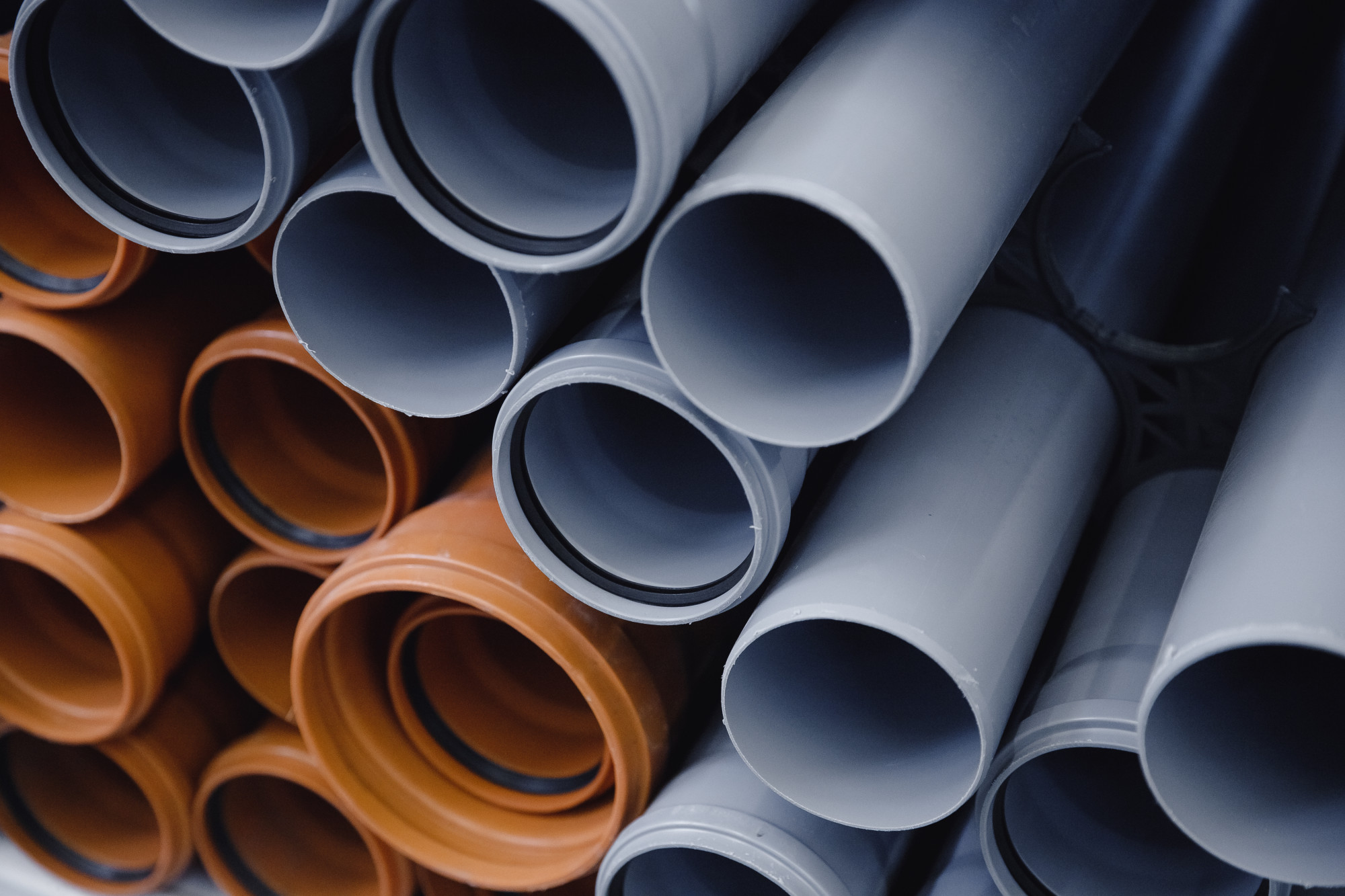Are you thinking about repiping your home but are still on the fence about it? Well, hop on down before your fencing needs replacing as well and learn how to tell if your home needs new pipes! To make things easy for you, we’ve put together a list of common signs to look for and some helpful tips to keep in mind when completing the repiping process.
Repiping a house can cause unwanted stress, although what stress is wanted? However, the best way to get the job done when necessary and to get it done right is to continue reading below!
Table of Contents
Signs Your House Needs Repiping
Every day, your home’s plumbing system works to provide you with clean running water and even a way to dispose of wastewater. As amazing as your home’s plumbing system is, it’s at risk of corrosion. It’s best to repipe a home as soon as you notice any signs of trouble.
Here are some tell-tale signs that your home is begging for pipe replacements.
A Change In Your Water
If there’s been a change in your running water, even if it’s a slight change, then you’ll want to start considering repiping. These changes might include rust-colored water coming from your faucets or even foul-smelling water. The color change is a sure sign that your home’s pipes have become rusted or corroded.
A foul smell might indicate another plumbing problem.
Leaking Pipes
Plumbing leaks in your home are the source of many serious problems. Not only does a leaking pipe mean you’re wasting water each month, which will come to bite you when your water bill is due, but it means even more problems. Water that’s leaking into places of your home where it’s not meant to be is the cause of mold and mildew growth, unwanted pests, and damages to your home’s structure.
If you’re suspicious of a leaking pipe, then it’s best to have the pipes checked out and replaced if needed.
Poor Water Pressure
If you’ve lived in your home for quite some time now, then you know what’s normal from your water pressure and what’s not. Everyone’s home is different, but when you start to notice a change in your water pressure, then it might be time to schedule for a repiping. Significant drops in water pressure or water cutting in and out when only one source is being used are two things to be on the lookout for.
You Have Lead or Polybutylene Pipes
If your home is older, then you should be sure that the pipes aren’t lead or polybutylene. Lead pipes were quite common in older homes, but we now know that they cause lead to build in our water supply. Polybutylene pipes were used in homes built during the 1970s through the 1990s.
Polybutylene pipes are very poor-quality material and often have many problems. If your home has either of these two kinds of piping, then you’ll want to repipe your home.
Tips For Repiping Your House
Now that you know if your home is in need of repiping or not, it’s time to get to the dirty work! However, don’t just simply pick up some plumber’s tape and start working. You’ll want to ensure that the repiping job is done well and correctly.
To ensure this, take a look at these 8 tips below.
1. Know When to Repipe
Always know when to repipe before doing so. If you read the first half of this post, then you should know if your home is in need of repiping or not. It’s also best to wait until after the winter to repipe a home as doing so will show you the extent of the damage that the pipes endured during the cold months.
2. Know Your Pipe System
Know your home’s entire pipe layout before starting the process. Are all of the pipes hidden behind walls? Are some of the pipes exposed?
Find out the answers to these questions before starting. Knowing these answers will help you estimate how much work needs to be done and how much it’ll cost.
3. Repipe With Other Projects
Repiping means replacing just about all of the pipes in your home. This is a huge task and project to complete. You’ll have to break through walls to reach many of these pipes.
Because of this, it’s a good idea to repipe your home with other projects. For example, if you’re planning on renovating an area of your home, then would be the perfect time to get the repiping done as well. This saves you both time and money.
4. Repipe Easy-to-Access Pipes First
Repiping an entire house is expensive. If your budget doesn’t permit for the whole project to be completed at once, then consider repiping the easy-to-access pipes first. If your home has any pipes that are exposed, these pipes are much easier and cheaper to replace.
Replace these first and as you save your money, you can then work towards replacing the harder-to-reach pipes.
5. Cover the Entire House Beforehand
A great tip that should never be overlooked is to cover your entire home before starting the repiping process. When repiping your home, a series of tests will need to be conducted on the pipes. This leaves room for water spills in your home.
Cover your entire home with plastic covering to ensure that all of your personal items and other elements of your home are kept safe from water damage.
You’ll Be Repiping a House Like a Pro In No Time!
Follow this guide and these helpful tips to start repiping a house like a pro! Always know what signs to look for when your home is trying to tell you it needs repiping. Once you start the project, ensure you follow these tips for the best process possible.
Need more tips and tricks for the home? Check-in with our For the Home section regularly!













